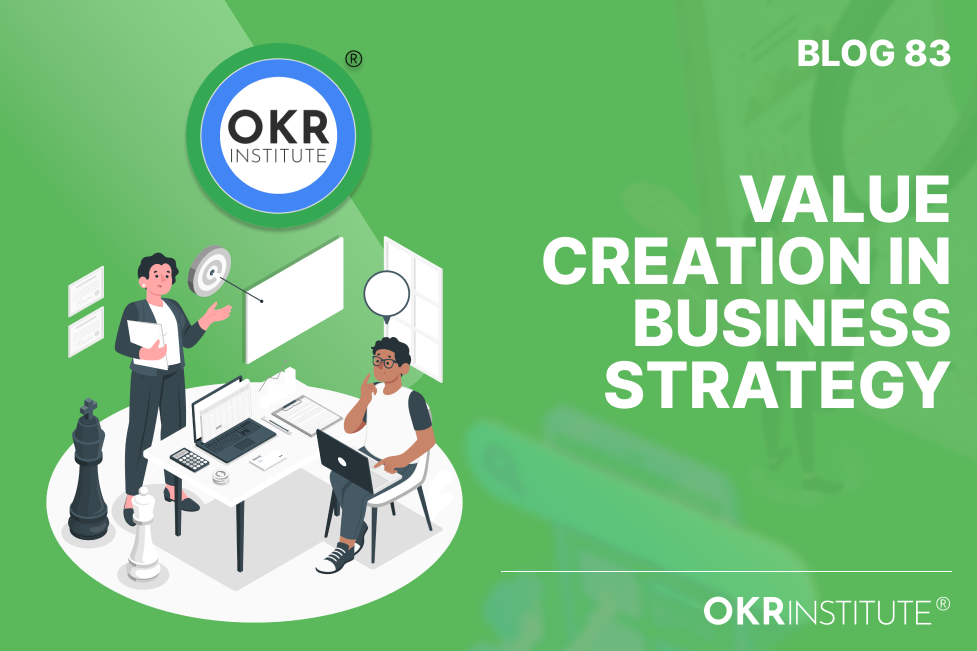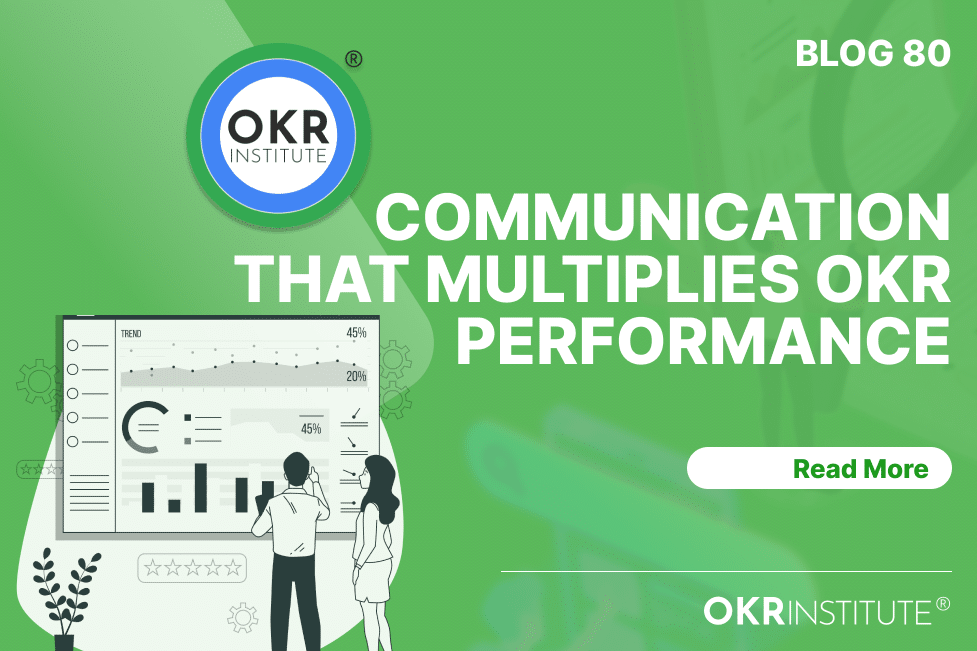Value Creation in Business Strategy

In the ever-evolving business landscape, creating value is the paramount objective for companies aiming for long-term success. This value is seen in the profits earned and the benefits provided to customers, the opportunities available to employees, and the impact on wider stakeholders. This article delves deep into value creation within business strategy, examining how businesses can navigate and harness this vital process.
Introduction to Value Creation and Business Strategy
At its core, strategy in business is about foreseeing the future and planning for it to create the utmost value. This involves a dynamic combination of actions designed to enhance the value delivered to customers, create a stimulating and rewarding environment for employees, and ensure a sustainable profit margin for the company. Value creation is the linchpin of a successful business strategy, determining its ability to stand apart in the competitive market.
Understanding Willingness to Pay vs. Willingness to Sell
The concept of value creation pivots on two critical factors: the customers’ willingness to pay and the employees’ willingness to sell their labor. The willingness to pay reflects the maximum amount customers are prepared to spend on a product or service, showcasing the perceived value. Conversely, the willingness to sell represents the lowest amount employees accept as compensation for their work. The disparity between these values and the actual price or compensation illustrates the created value, which is distributed among customers, employees, and the company. Enhancing product or service quality, introducing complementary offerings, and leveraging network effects can significantly increase a customer’s willingness to pay. Meanwhile, making jobs more attractive or offering higher wages can decrease the willingness to sell, creating additional value for the company.
Strategic Approaches to Increase Value for Stakeholders
To increase value for stakeholders, businesses must focus on strategic initiatives that enhance the quality of their offerings and make their work environment more attractive. This can involve investing in product development, customer service improvement, and employee training programs. Creating a culture that motivates and engages employees can also lead to innovative ideas that further enhance value creation.
Case Study: Best Buy’s Strategic Transformation
A shining example of strategic transformation driven by value creation is Best Buy. Faced with fierce online competition, Best Buy reinvented its business model to increase customers’ willingness to pay and reduce operational costs. By optimizing store layouts, improving employee product knowledge, and implementing store-in-store experiences with leading tech vendors, Best Buy created a more appealing shopping environment. This strategic pivot enhanced the customer experience and bolstered profitability and employee engagement.
Practical Steps for Businesses to Enhance Value Creation
Several practical steps can be undertaken for businesses aiming to bolster their value creation. Firstly, it is crucial to understand your customer base and continuously innovate based on their needs. Secondly, investing in your employees through both professional development and creating a positive work culture can reduce turnover and enhance productivity. Thirdly, leveraging technology to improve operational efficiency and customer engagement can increase value. Lastly, embracing a culture of continuous improvement and being open to strategic pivots based on market feedback can sustain long-term growth and value creation.
In conclusion, the strategic focus on value creation is indispensable for businesses aiming for durability and success in the current competitive landscape. Through understanding and implementing strategies geared towards enhancing the value for customers, employees, and other stakeholders, businesses can ensure their continued relevance and profitability.
FAQs
What is value creation in business strategy?
Value creation in business strategy refers to the process of enhancing the worth of a company by increasing the benefits provided to customers, employees, and other stakeholders. This involves a series of strategic actions aimed at delivering superior products and services, creating an engaging and rewarding work environment, and ensuring sustainable profitability.
How do willingness to pay and willingness to sell impact value creation?
Willingness to pay is the maximum amount customers are ready to spend on a product or service, indicating its perceived value. Willingness to sell is the minimum compensation employees accept for their work. The gap between these values and the actual prices or wages represents the created value, distributed among customers, employees, and the company. Enhancing product quality and creating attractive work conditions can increase this value.
What strategic approaches can businesses use to increase value for stakeholders?
Businesses can increase value for stakeholders by:
- Investing in product development and customer service improvements.
- Offering employee training programs and creating a positive work culture.
- Leveraging technology to enhance operational efficiency and customer engagement.
- Continuously innovating based on customer feedback and market trends.
Can you provide an example of a company successfully creating value through strategic transformation?
A notable example is Best Buy. Facing intense online competition, Best Buy transformed its business model by optimizing store layouts, enhancing employee product knowledge, and implementing store-in-store experiences with leading tech vendors. These initiatives increased customer willingness to pay, reduced operational costs, and boosted employee engagement and profitability.
What practical steps can businesses take to enhance value creation?
To enhance value creation, businesses can:
- Understand their customer base and innovate based on their needs.
- Invest in employee development and create a positive work culture.
- Use technology to improve operational efficiency and customer engagement.
- Embrace continuous improvement and adapt to market feedback for sustained growth and relevance.
CEO of the OKR Institute
Related Courses
Recent Posts
Tags
#OKR
#OKR Coaching
#OKR Coach







